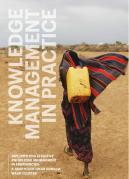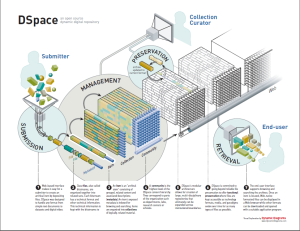Ohkubo, S., Sullivan, T. M., Harlan, S. V., Timmons, B. T., & Strachan, M. (2013). Guide to monitoring and evaluating knowledge management in global health programs. Baltimore, MD: Center for Communication Programs, Johns Hopkins Bloomberg School of Public Health.
The Guide to Monitoring and Evaluating Knowledge Management in Global Health Programs introduces standardized practices to evaluate whether KM projects, activities, and tools are effective at supporting global health and development efforts. The Guide describes the cycle of knowledge assessment, capture, generation, synthesis, and sharing, as well as how to evaluate a range of KM products, services, and tools.
It offers a list of 42 indicators that program managers and evaluators can use to track the progress of their own KM activities, and instruments to measure the contribution of KM activities to health policy and program outputs and outcomes. The Guide also discusses why monitoring and evaluation of KM approaches and activities is important and provides a series of recommended techniques and tools.


 On the 17th June, The Seminar of Environmental Documentation Centres and protected natural areas devoted part of its annual meeting to water and sanitation. The WASH information Consortium coordinated by IRC was invited by the United Nations Office Support International Decade “Water for Life” to present the Consortium initiative. The UN-Water in Zaragoza, the World Wide Web (W3C) and iAgua showed interest in working with the WASH information Consortium initiative.
On the 17th June, The Seminar of Environmental Documentation Centres and protected natural areas devoted part of its annual meeting to water and sanitation. The WASH information Consortium coordinated by IRC was invited by the United Nations Office Support International Decade “Water for Life” to present the Consortium initiative. The UN-Water in Zaragoza, the World Wide Web (W3C) and iAgua showed interest in working with the WASH information Consortium initiative.
